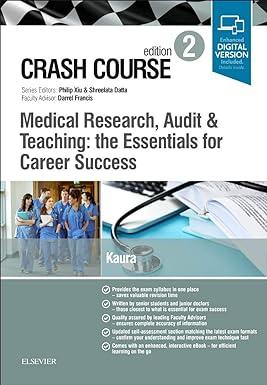Assignment: Now, assume that in compensation for all your efforts in your work you have been awarded an all paid trip to Las Vegas. Congratulations! You will be paid all travel expenses plus $ 1,000 in cash to use it as you wish. A classmate suggests that you should gamble all your money hoping to make a big profit. However, after careful consideration you decide to perform some computer simulations before risking your money. You will use JMP and Excel to perform this task. You have to simulate results from the roulette using the following facts: A bet on one number only, called a straight-up bet, pays 35 to 1. In the USA the wheel has 38 slots representing 36 numbers and two zeros. To play roulette, you place your bet or bets on numbers (any number 1-36) on the table layout. Consider a simulation using a Bernoulli random variable using a probability of winning of 1/38 and a pay-back of 35 (That is; you get 35 times your bet for every time you win). Then perform a simulation using single bets of equal amounts of money that will exhaust the 1,000 dlls. (I do not encourage gambling, but a simulation can give you some insight in this process). See what happens when considering these possible scenarios: (You can make as many bets as needed or until you lose all you money) straight-up bets of $ 100 straight-up bets of $ 50 straight-up bets of $ 10 straight-up bets of $1 Look at the history of your results. You may need to export these results to Excel to perform some computations and tell me your story. Your lab instructor will show you an example (or look at the video posted in Unit 4 for online courses). Compare your results with your classmates. Write a summary of your findings and conclude if it makes economic sense to bet on the roulette. Tell me what strategy you would use (if any). Are you still planning to bet your money? Please provide the reasoning supporting your decision. Write a report summarizing the results for each simulation, use at least 10,000 simulations or until you run out of money (whatever happened first), explain the procedure that you used and state your conclusions. How do you relate your results to the law of large numbers? Assignment: Now, assume that in compensation for all your efforts in your work you have been awarded an all paid trip to Las Vegas. Congratulations! You will be paid all travel expenses plus $ 1,000 in cash to use it as you wish. A classmate suggests that you should gamble all your money hoping to make a big profit. However, after careful consideration you decide to perform some computer simulations before risking your money. You will use JMP and Excel to perform this task. You have to simulate results from the roulette using the following facts: A bet on one number only, called a straight-up bet, pays 35 to 1. In the USA the wheel has 38 slots representing 36 numbers and two zeros. To play roulette, you place your bet or bets on numbers (any number 1-36) on the table layout. Consider a simulation using a Bernoulli random variable using a probability of winning of 1/38 and a pay-back of 35 (That is; you get 35 times your bet for every time you win). Then perform a simulation using single bets of equal amounts of money that will exhaust the 1,000 dlls. (I do not encourage gambling, but a simulation can give you some insight in this process). See what happens when considering these possible scenarios: (You can make as many bets as needed or until you lose all you money) straight-up bets of $ 100 straight-up bets of $ 50 straight-up bets of $ 10 straight-up bets of $1 Look at the history of your results. You may need to export these results to Excel to perform some computations and tell me your story. Your lab instructor will show you an example (or look at the video posted in Unit 4 for online courses). Compare your results with your classmates. Write a summary of your findings and conclude if it makes economic sense to bet on the roulette. Tell me what strategy you would use (if any). Are you still planning to bet your money? Please provide the reasoning supporting your decision. Write a report summarizing the results for each simulation, use at least 10,000 simulations or until you run out of money (whatever happened first), explain the procedure that you used and state your conclusions. How do you relate your results to the law of large numbers







